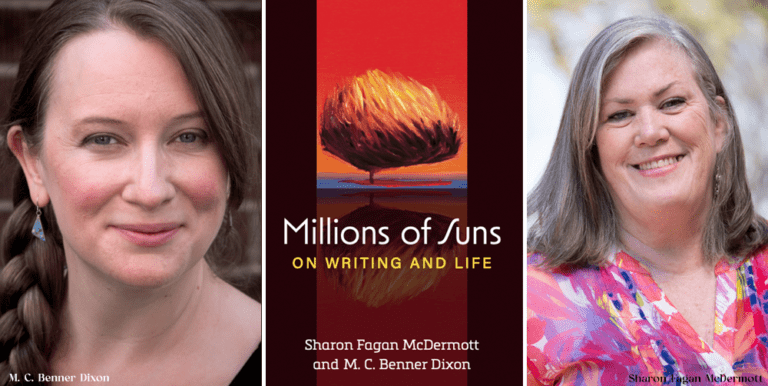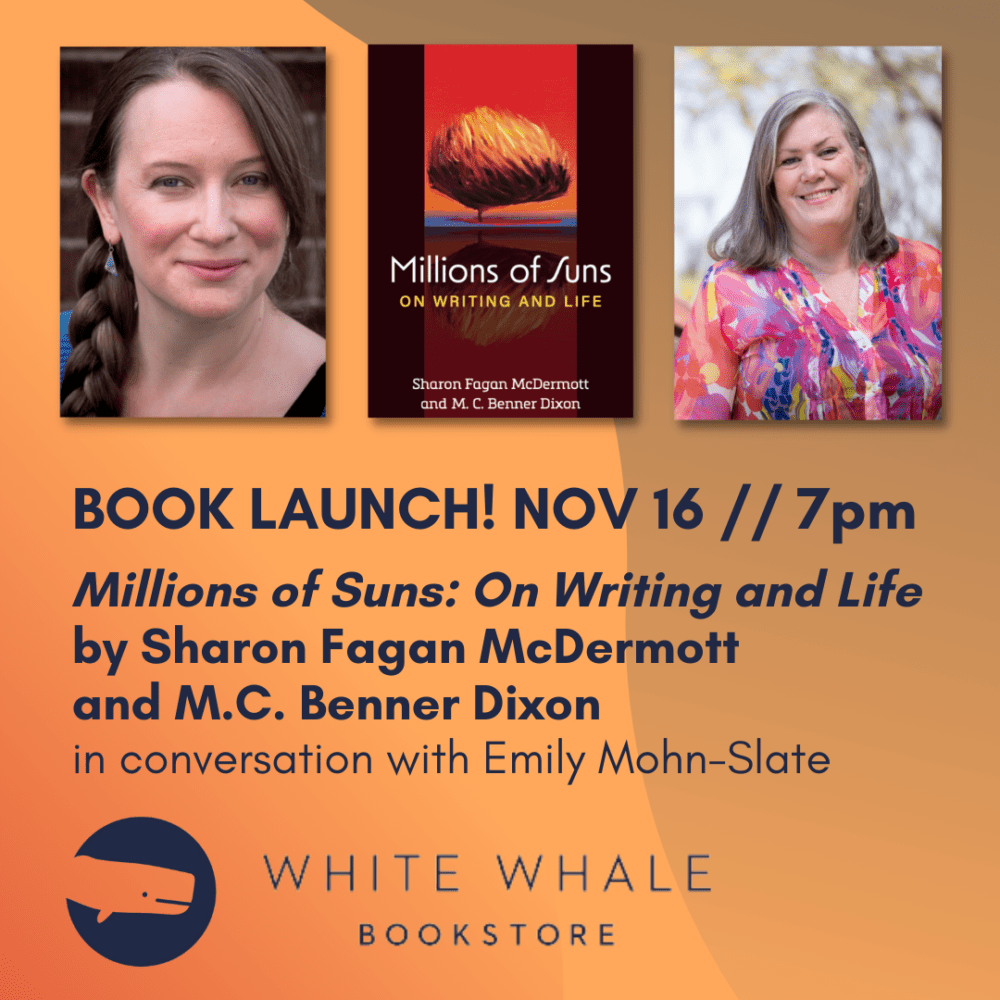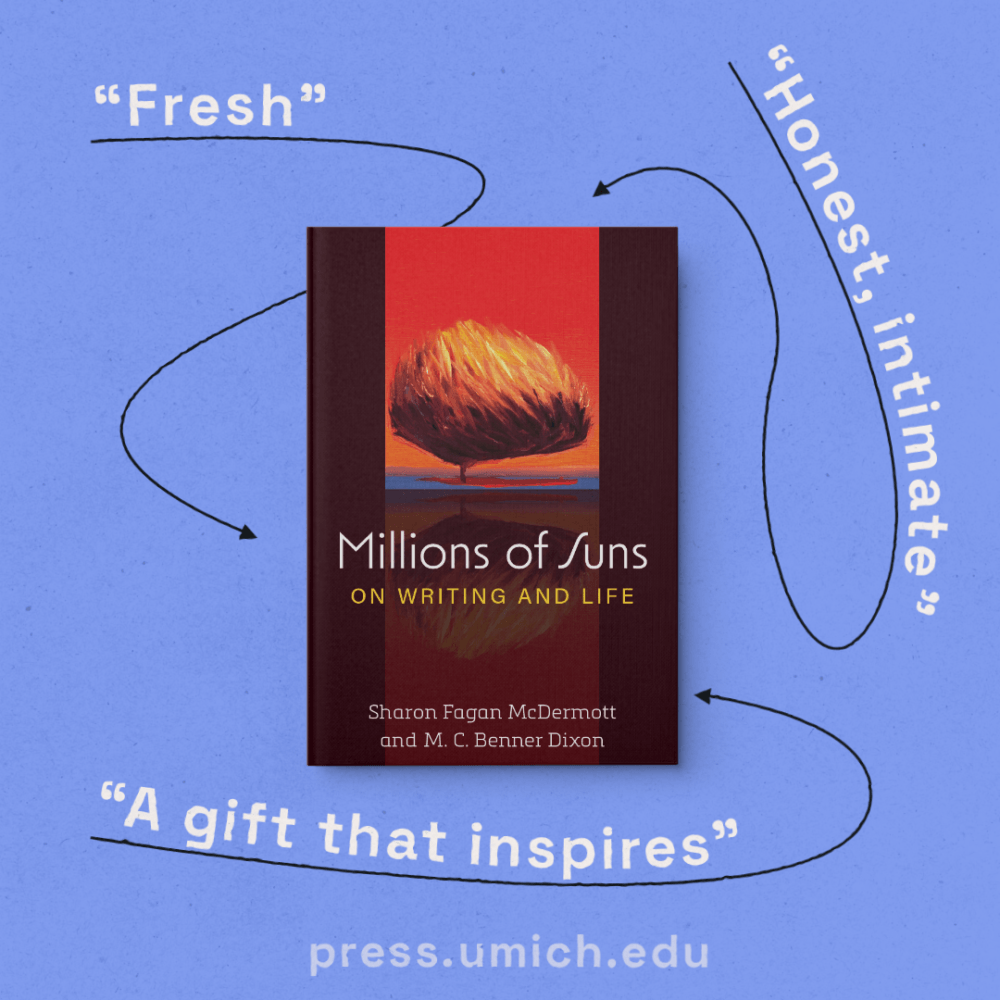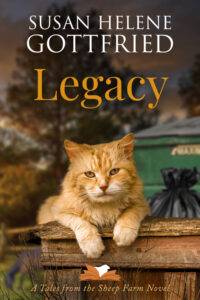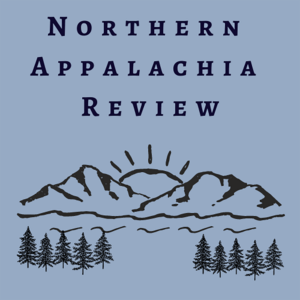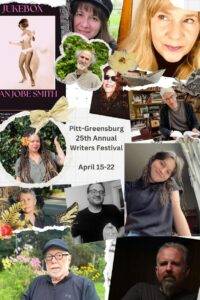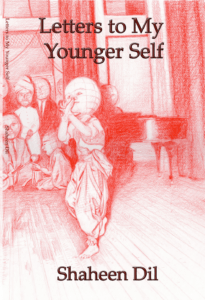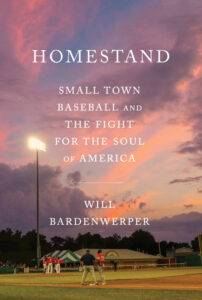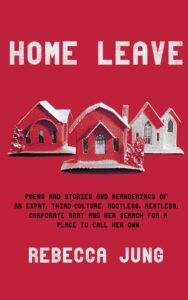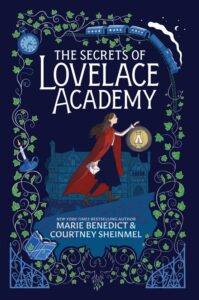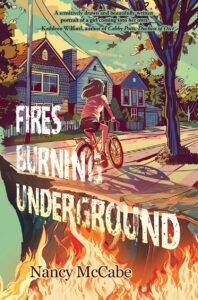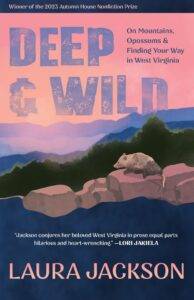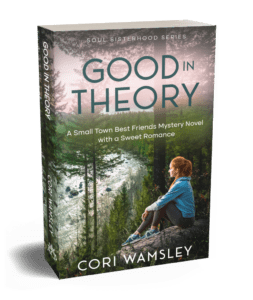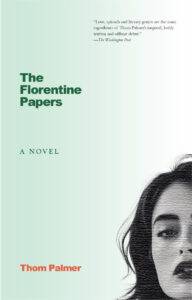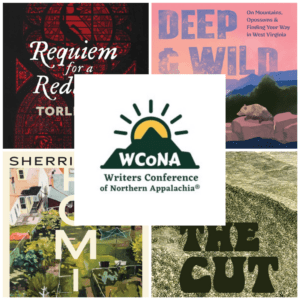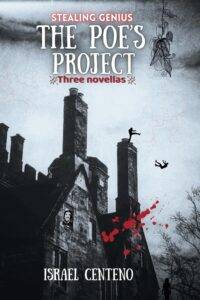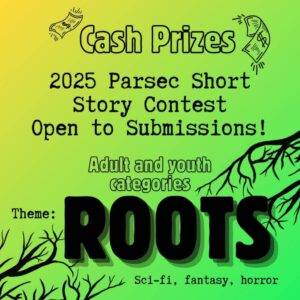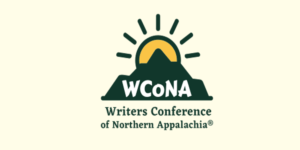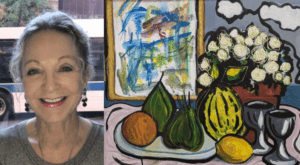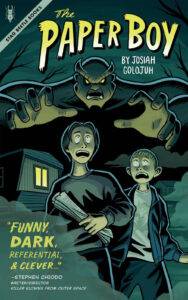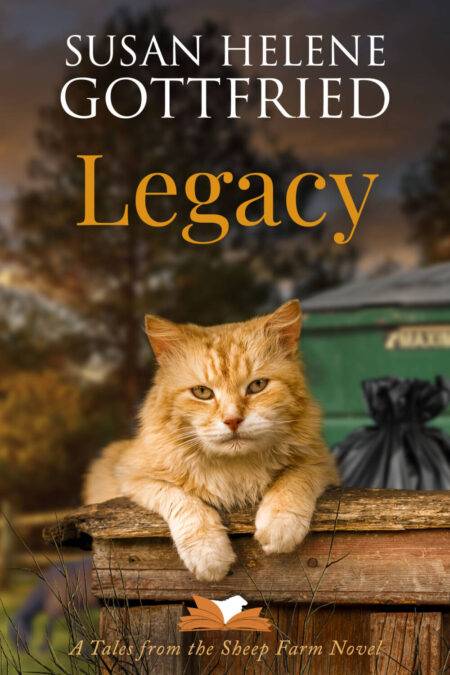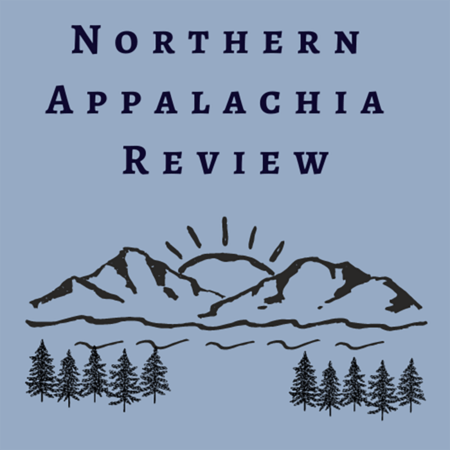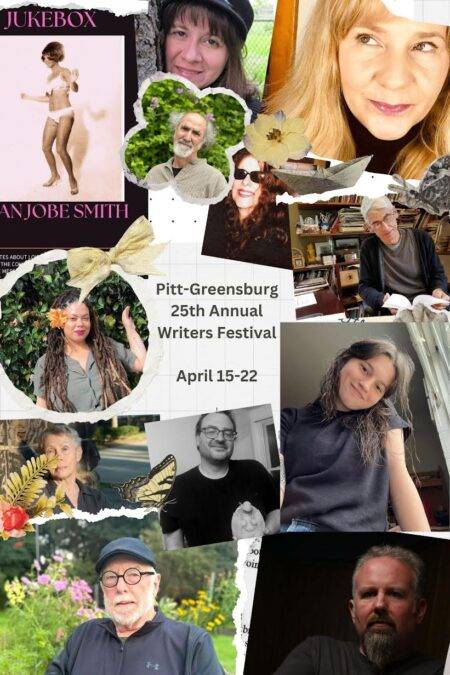“The warmth and humanity of these writers comes through every page as they welcome us into their writing lives. The collaborative nature of this work, with separate essays by both authors, offers a fresh, unique perspective—there is not just one way to write. This book provides comfort in that knowledge, allowing readers the flexibility to explore, to chart their own paths. These two honest, intimate, and at times vulnerable voices offer constant assurance—even in the writing prompts!” —Jim Daniels, Thomas Stockham Baker University Professor of English Emeritus, Carnegie Mellon University
About the Book: “Sharon McDermott and Christine Benner Dixon spent five-and-a-half years working out of the same tiny English Department office at Winchester Thurston Upper School. They laughed together, shared teaching materials, and celebrated when one of them published a new poem or made progress on a writing project. In 2020, after Christine had shifted to a career as a freelance editor, Sharon suggested that the two write a book together—a book about writing. But this was not to be a handbook or a how-to manual. It was going to be about the ways that the elements of writing touch a person’s relationships and memories, how it shapes the way they tell their own stories.
Millions of Suns: On Writing and Life, published as part of the Writers on Writing series from the University of Michigan Press, is the result of their collaboration. The book is divided into twelve chapters, each with a focus on a different element of writing, including Memory, Imagery, Metaphor, Place, Reading, Structure, Beauty and more. The chapters include two short essays—one by Sharon and one by Christine—and several writing prompts. The book can be read for pleasure or employed in a writing workshop or personal writing practice…”
More info Don’t miss out: Sharon Fagan McDermott and M. C. Benner Dixon will be in conversation with Emily Mohn-Slate at White Whale on November 16th at 7 p.m. to celebrate the launch of Millions of Suns!
Book Launch About the Authors:
Sharon Fagan McDermott is a poet, musician, and a teacher of literature at Winchester Thurston School in Pittsburgh, PA. She has received a Pittsburgh Foundation artist award and a poetry award from the PA Council for the Arts. She has published four collections of poetry: chapbooks Voluptuous, Alley Scatting (Parallel Press), and Bitter Acoustic (winner of the 2011 Jacar Press chapbook competition, chosen by poet Betty Adcock) and a full manuscript, Life Without Furniture (Jacar Press, 2018). Her poems have been anthologized and published in many journals including Prairie Schooner, Vox Populi, Seneca Review, West Branch, Southern Poetry Review, and the Galway Review.
Author Site M. C. Benner Dixon is an editor, teacher, and author living in Squirrel Hill South. She first moved to Pittsburgh in 2004 as part of the PULSE program. After leaving briefly to pursue a doctoral degree in English, Christine returned to Pittsburgh in 2009, when she met her husband, filmmaker Mark Dixon. Christine is currently the interim executive director of Write Pittsburgh. Her writing—poetry, fiction, and nonfiction—has appeared in outlets such as Reckoning, Appalachian Review, Fusion Fragment, Funicular, Los Angeles Review, Northern Appalachia Review, and others. Her debut novel, The Height of Land, is the winner of the Orison Fiction Prize and will be released in 2024 by Orison Books.
Author Site “This book is just what I’ve been looking for! Filled with essays that dive into writing craft and the writerly life, with fresh and unique prompts, this book offers real encouragement and wisdom. I’ll be assigning it to the MFA students I teach and recommending it to friends. I needed an updated, contemporary, inspirational, and honest book — and, in particular, was looking for one that spoke to environmental and social justice. This book fits the bill.” —Laura Pritchett, Director of the MFA in Nature Writing at Western Colorado University, PEN-USA award winning author
“In clear radiant prose, McDermott and Dixon create a dialogue about the role that art, nature, family and friendship have played in their respective writing practices. They courageously discuss elusive concepts such as inspiration and transcendence, as well as sharing their skepticism about beauty, but these skilled wordsmiths always bring our attention back to the practical business of writing and revision. Each chapter includes inspiration-prompts to nudge us forward in our own attempts to write and explore. [Millions of Suns] is much more than a guide to writing, although it does a credible job at that task; it is a gift that inspires us to find grace in the world and forgiveness for ourselves.” —Michael Simms, author and poet, founder of Autumn House Press and founding editor of Vox Populi
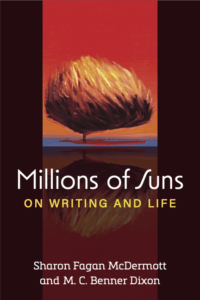 Craft writing comes in a lot of different forms, from memoir to handbook. Where does this book fit on the spectrum?
Craft writing comes in a lot of different forms, from memoir to handbook. Where does this book fit on the spectrum?
C: Even though we’re both teachers, we consciously stepped back from the didactic tips-and-tricks style of craft writing. We don’t claim to be able to decode the mechanisms of writing through scholarly analysis. We were more interested in talking about the experience of walking around in this world as creative souls—the way that your art gets inside you and changes how you see the world. Some of my favorite craft writers approach it in this way—as something personal and idiosyncratic. The way they share about their own techniques opens doors for other writers rather than closes them. This kind of craft writing says, “It took a lot of reflection and hard work, but I found my path. What’s yours?”
S: Teaching for eight years at the University of Pittsburgh as a Visiting Lecturer of poetry and creative writing, I loved drawing on the wisdom of craft books such as Bird by Bird by Anne Lamott; The Poet’s Companion by Dorianne Laux and Kim Addonizio, and A Poetry Handbook by Mary Oliver, among others. There was so much of value in all of these books!
But when Christine and I began to write Millions of Suns, during 2020—right after the global pandemic forced us all indoors—we realized we were in complete agreement about not wanting to posit ourselves as “the voices of poetry” or “the voices of writing,” as writers who had answers to all-things-craft.
Frankly, I’ve always been intrigued by how craft ideas like White Space, Metaphor, Beauty, and Revision echoed and played out in my life. But, I was equally intrigued by how these topics landed so differently in the lives of other writers whom I admired. Christine and I talked about the risk involved in not writing the standard “how-to” manual of writing. Isn’t that what a person would expect from a book about Creative Writing? Instead, we embraced the wild intersections of life and art in a writer’s life and shared our unique perspectives in our most honest voices.
We soon realized our double perspective was demonstrating something important: there are a million ways to approach a work of creative writing. We hope these essays will surface our sincere invitation to the reader: “Join us! There is room in writing and art for all voices!”
You mention the million ways to approach writing. Is that where the title, Millions of Suns, comes from?
S: On the literal level, it’s a line from “Song of Myself,” by the great American poet, Walt Whitman. On a more metaphorical level, it celebrates the discovery, embrace of, and honing of your own personal voice. Whitman embodied true democratic ideals within his poems, constantly reminding us that we “contain multitudes.” No matter what themes or topics he wrote about, there was plenty more left for future writers to discover and express, as long as each of us allowed our authentic voices to flourish on the page.
C: The image is really enticing to me because it invites curiosity. What does it mean that there are millions of suns? What other sorts of stories orbit a sun that isn’t this one? As a writer of speculative fiction, I find this especially rich. I’m delighted to let the image do its work even if the connection to Whitman is never made.
What was it like writing with a co-author?
S: It’s no exaggeration to say: it was a joy to work with Christine. I knew she was a remarkable writer with a fresh perspective and a beautiful way with language. But, just as important—and I knew this from our years as teachers together at Winchester Thurston School—I knew that Christine was capable of being as silly as I was and of making me laugh no matter what the day held prior to our meeting up in the office. Writing a book alone can be an isolating and disheartening experience at times. I knew that our sense of humor and shared sense of the absurd would get us through the harder issues or questions we’d encounter in co-writing and eventually publishing a book.
In the past, I’ve been surprised to see how competitive some writers can be with one another. I wanted this co-writing process to provide inspiration, challenges, and kind support to each of us. Christine and I have so much respect for each other as thinkers and writers, that I just knew our writing journey together was going to leave both of us the better for it. And it has!
C: Agreed! I’m one of those writers who believes that writing is a conversation. What I put on the page is answered in my readers’ minds, even if I never know anything about the thoughts, memories, or arguments that my words stir up in them. I think that every reader authors their own version of a story when they read it. But this project made that conversation out-and-out literal. Sharon and I were each other’s first readers. We read our essays to each other back and forth sitting on Sharon’s porch. Even though we didn’t plan it, they ended up speaking to each other.
You’ve included two essays in every chapter rather than writing a joint essay or dividing up the topics between yourselves…
S: This comes back to the “millions of suns” idea.
We wrote what we needed to about topics like “Reading,” or “Writer’s Block,” or “The Present Moment” without consulting one another. We were committed to the idea that there’s no “one right way” to approach any writing inspiration. Readers will see for themselves how radically we diverged from each other in our responses to some of the chapter’s craft elements, but we were surprised and delighted sometimes by how similarly we approached some themes. Including both voices was a way to open the door to our readers and say—“we can’t wait to see your unique take on this topic!”
C: There’s also a practical element to this approach.
As teachers, we know that no two students learn the same way. Sharon and I sometimes taught the same students, year to year, and one might go from having me in tenth grade and Sharon in eleventh (or vice versa). Sometimes, they would come away believing with their whole heart that Sharon was a brilliant teacher but I was incomprehensible—while their friend, who was sitting right next to them in both classes, came to the opposite conclusion.
Everyone who picks up this book gets two different entry points into every topic. If one doesn’t work for you, try another. If neither works, invent a new way in. Learning what techniques do and don’t work for you is part of developing your writing practice—any artistic practice, really.
How are you hoping people will use this book?
C: However they want!
As we’ve said, this book doesn’t contain a formula for writing. We’ve tried to be really honest on the page, and we hope that makes it easier for other writers to do the same. We think that some of the essays touch on themes common to all artists—dancers, painters, everyone.
Readers can dip in and out of chapters, jump back and forth—whatever works.
Every chapter ends with a handful of prompts related to the essays, which is an easy way to make use of the book. Want to debate us in your own essay? We encourage it! In a classroom, teachers might have students brainstorm about “Inspiration” or “Revision” or “Surprise,” say, before they read a word of what we wrote. As long as artists turn back to their own creative work one way or another, they’re using the book correctly.
S: We deliberately wrote each essay to be less than two thousand words so that even someone coming home after work, tired and hungry, might still be able to find the ten minutes it would take to read one of the essays.
I hope our memories send the reader back into their own precious memories. I hope our explorations of beauty makes the reader wonder, “How does beauty figure into my life?” I hope when Christine thoughtfully delves into social justice issues and I grapple with writing about the climate crisis in “The Present Moment” chapter that readers find their own ways to wrestle with some of our world’s most challenging topics.
Beyond that, I hope that some of our readers reach out to us and share their own writer’s journey spurred on by Millions of Suns. There’s something so beautiful and gratifying about having a reader take the time to say, “Your story about your grandfather allowed me to finally write my own memoir piece about my own grandparents.” I’d love to hear from our readers with these kinds of responses!


